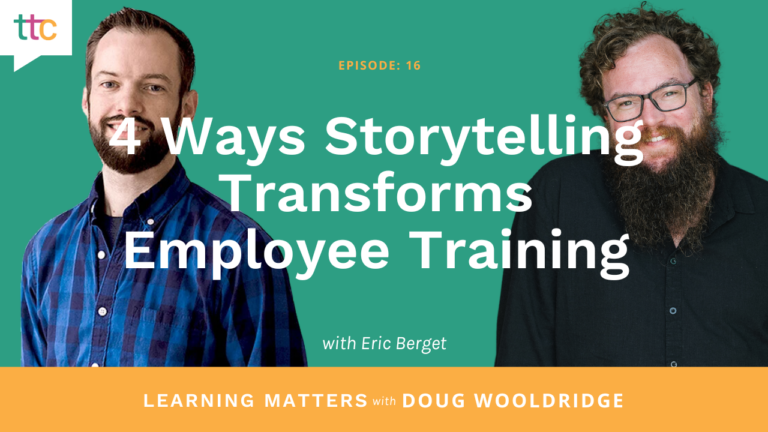What do games have to do with learning? As it turns out — a lot.
A University of Colorado Denver Business School study* found that those who learn by gamified eLearning do their jobs better, have higher skills, and retain information longer than workers who learn in less interactive, more passive environments.
Gamified #eLearning boosts jobs performance, skill sets & helps retain information longer. Share on X
Gaming is a big market for learning companies. In 2017, the eLearning gaming market is targeted to reach almost $9 million (source).
So, what is the difference between games and gamification?
Play vs. Motivation
In game-based learning, or gaming, a game is used for learning. Gaming is a play-based element in a course. Some examples are puzzles and bingo games that are embedded into a lesson.
Gamification is about the application of game-like attributes to motivate and encourage the learners to achieve the desired learning outcome. Examples include leaderboards, badges, trophies, point systems, and “unlocking” new content after mastery of previous content.
Teaching a Skill vs. System of Learning
In gaming, the goal is to use a game to achieve a skill or learning objective. The game is embedded into the course. Think of it as a design element similar to a graphic, table or video. You play the game and you learn a skill.
In gamification, it’s a completely pedagogical system. The entire course is built around the concept of playing a game, but not playing a game itself. Essentially, you’re making a game out of something that isn’t. Gamification appeals to the learner’s competitive side, similar to finding coupons, collecting frequent flyer miles, or getting to the next level credit card. Our lives have become gamified and learning is catching on.
Now what do gaming and gamification have in common?
Well-developed games and gamification are both trying to solve a business need, motivate the learner, and promote skill development using game-based thinking and techniques.
To learn more about designing gamification, tune into Must-Have Tools for Any Instructional Design Budget webinar replay!

On-Demand Webinar
Must-Have Tools for Any Instructional Design Budget: price points, features, and examples of these tools for expanding your eLearning toolkit.
*University of Colorado Denver. (2010, October 20). Video games can be highly effective training tools, study shows: Employees learn more, forget less, master more skills.







